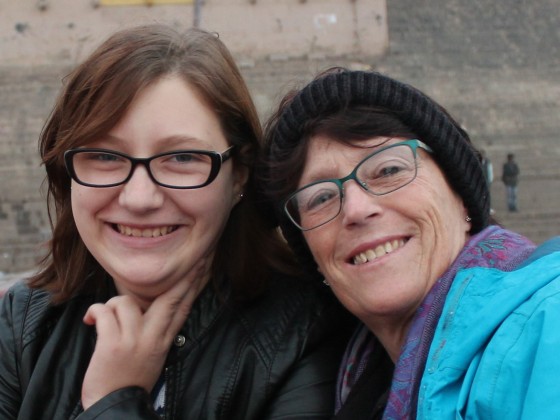MEG WAS ONLY 4 WHEN SHE GOT SICK. Random days of vomiting increased to longer spells, and the episodes came more frequently. After an especially bad week, I checked my daughter into the local emergency room. It turned out Meg was in acute metabolic failure.
The following morning when the physician checked on Meg, he told us, “I lost a lot of sleep over your daughter last night, and I still have no idea why she ended up so sick.” He continued, “Her blood work looks OK this morning, but if she crashes again, you need to head to a major hospital where they can get to the bottom of this.” Within 24 hours that’s where we were. This was the start of our journey through endless specialists, a dozen hospitals in four states, and a challenging medical system.
